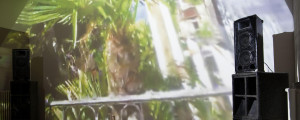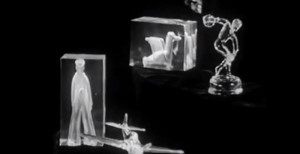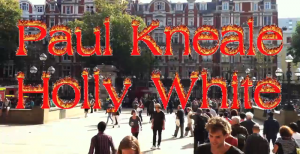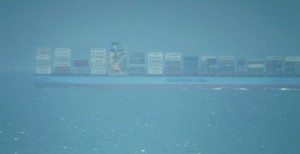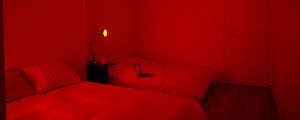For the sixth screening of the Moving_Image cycle at Gaîté Lyrique comes the letter ‘F comme footage’ (F as in Footage). The acclaimed art documentary Dial H-I-S-T-O-R-Y by Johan Grimonprez was presented 15 years after its premier at the Pompidou Centre and managed, once again, to shake the audience to its core. Viewers also had the opportunity to see, for the first time in France, a three-minute trailer of the artist’s new film, The Shadow World: Inside the Global Arms Trade.

As Grimonprez stated himself, people have a hard time defining his work: is it an art piece or a documentary? The confusion lies in his masterful ability to combine miscellaneous images and techniques –news footage, fiction, voiceover dialogue, advertising clips and disco music –in order to tell the story of our political and social predicament, through hijacking. The director asks of us to fasten our seat belts and be transported to a world where air pirates think they can change the world and their victims smile for the camera, often finding the experience almost amusing –something hard to imagine in a world post-9/11.
The voiceover dialogue, taken from Don Dellilo’s novel Mao II, is a conversation between an author and a terrorist about how, sadly, our current political situation demands that the former is replaced by the latter in the cultural war. “Nothing happens until it is consumed” is the key phrase in this exchange, which embodies the filmmaker’s query on the role the media plays in shaping our perceptions of truth; good and evil, right and wrong. The documentary could work as a post-structuralist thesis, where ‘truth’ is defined by point-of-view and, in this case, it is that of the consumer.
Images of fast food, well-known beverages and commercials interject images of political statements, hijackings and bodies hurt on either side of the ‘war’. The scene of a house, blown away, as Grimonprez explains, is a symbol of the question that runs through his entire oeuvre: ‘can we really live together?’ The answer to this question, or bits of it at least, might be found in his next film, The Shadow World. As the artist himself admits, Dial H-I-S-T-O-R-Y was a film born from anger and meant to raise questions. With this new documentary, he hopes to be able to give some answers and alternatives to the status quo that considers war a natural state for humanity and wishes no one to doubt it as such.
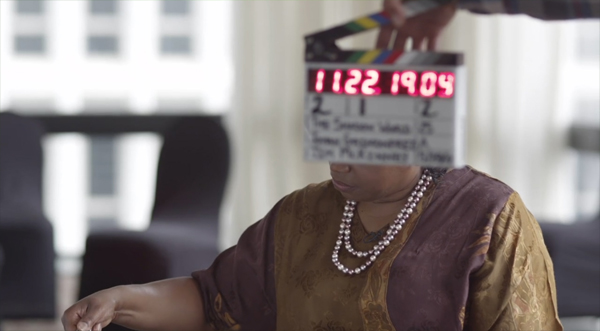
If we consider that the inspiration behind the title Dial H-I-S-T-O-R-Y is Alfred Hitchcock’s Dial M for Murder, then we should be reminded of Hitchcock’s core belief that the most hideous crimes happen inside our homes. Johan Grimonprez views the world as an extension of those four walls, inviting us to live in it without plotting our mutual extinction.**
Moving_Image: A Contemporary ABC is a monthly screening session running at Gaîté Lyrique in Paris.
